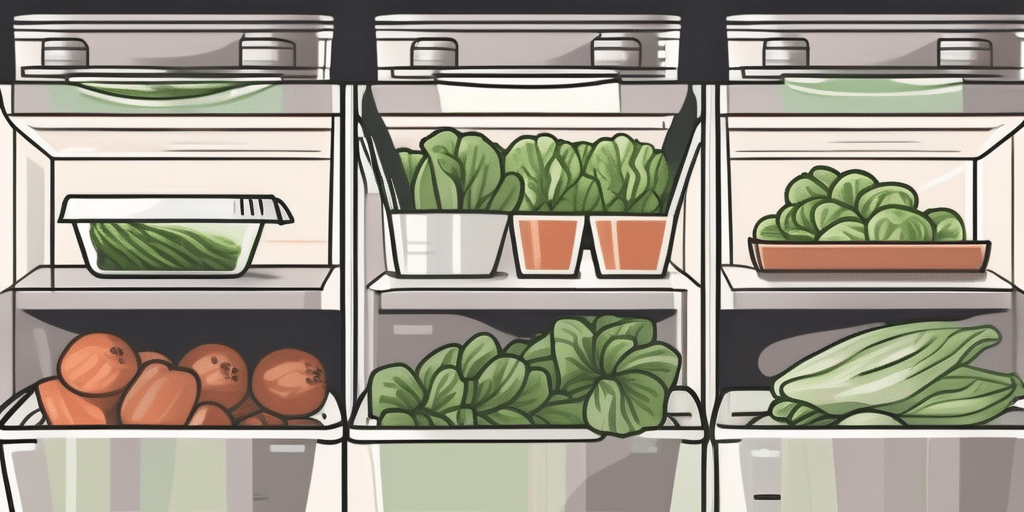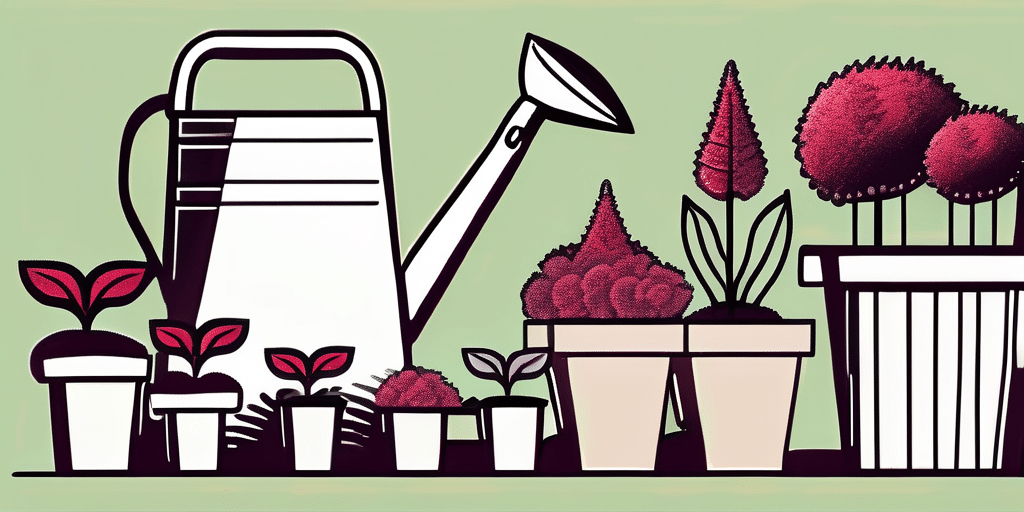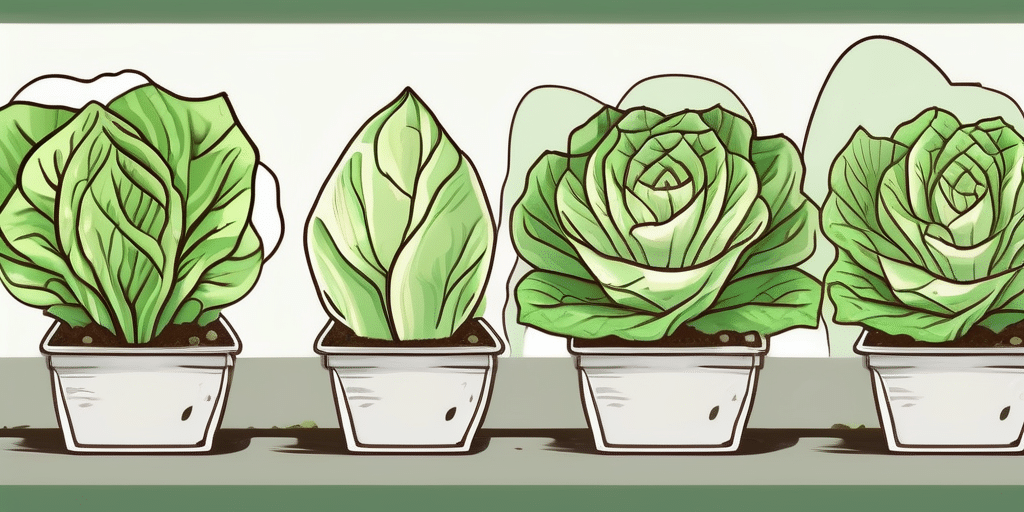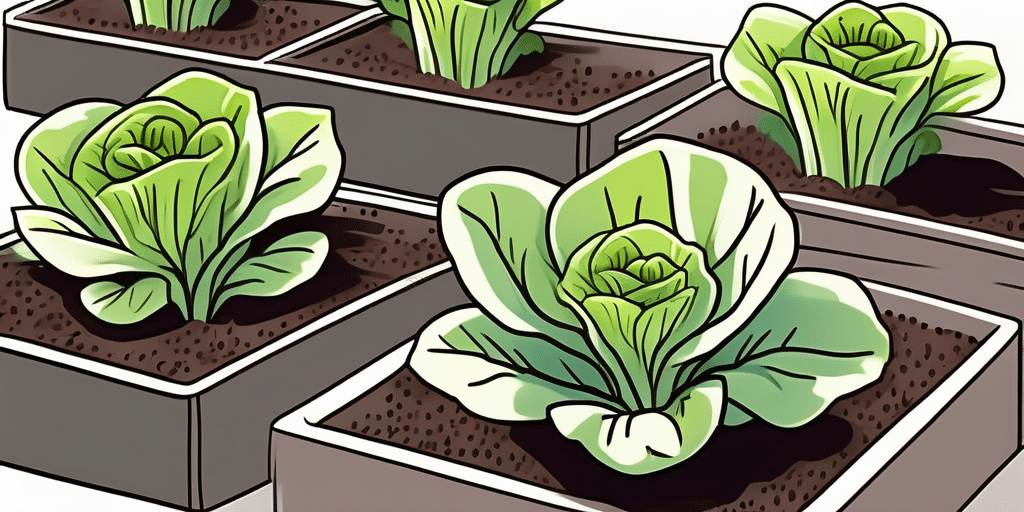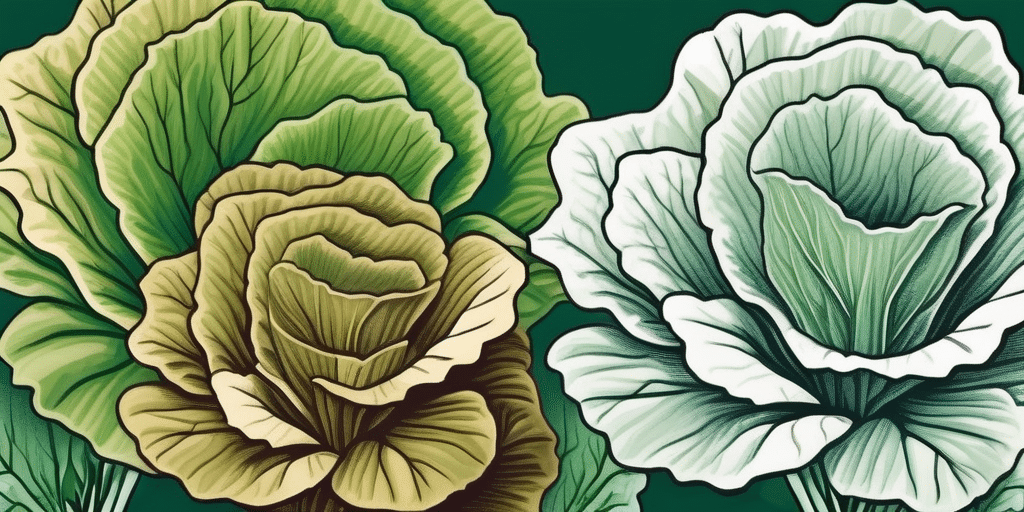If you’re a lettuce lover in Colorado, you might be wondering when is the best time to plant and how to grow this leafy green in our unique climate. Well, fear not! In this article, we’ll explore everything you need to know about lettuce cultivation in the beautiful state of Colorado.
Best Lettuce Varieties for Colorado
Before diving into the specifics of lettuce cultivation, let’s take a moment to talk about the best lettuce varieties that thrive in Colorado. Colorado’s climate, characterized by its high altitude and drastic temperature fluctuations, requires lettuce varieties that can tolerate a wide range of conditions. Some top lettuce choices for Colorado gardeners include:
- Butterhead Lettuce: Varieties such as ‘Bibb’ and ‘Buttercrunch’ are known for their tender leaves and mild flavor, making them a popular choice among lettuce enthusiasts.
- Romaine Lettuce: ‘Little Gem’ and ‘Parris Island Cos’ are excellent choices for Colorado gardeners who prefer the crisp, vibrant leaves of romaine lettuce.
- Leaf Lettuce: ‘Red Sails’ and ‘Salad Bowl’ are varieties that thrive in Colorado’s unique climate, offering an array of colors and textures for your salad bowl.
Colorado’s diverse microclimates provide an ideal environment for lettuce cultivation, with varying temperatures and sunlight exposure across the state. This diversity allows gardeners to experiment with different lettuce varieties and growing techniques to find what works best for their specific location. In addition to the popular lettuce varieties mentioned above, Colorado gardeners can also explore lesser-known options such as ‘Flashy Trout Back’ and ‘Tom Thumb’ lettuce, which offer unique flavors and textures to elevate your salads.
When selecting lettuce varieties for your Colorado garden, consider factors such as maturity time, heat tolerance, and cold hardiness to ensure a successful harvest throughout the growing season. By planting a mix of early, mid-season, and late-maturing lettuce varieties, you can enjoy a continuous supply of fresh greens from spring to fall. Experimenting with different lettuce types can also add visual interest to your garden, with contrasting colors and leaf shapes creating a vibrant and diverse landscape.
Climate & Hardiness Zones in Colorado
Understanding Colorado’s climate and hardiness zones is crucial for successful lettuce cultivation. The state’s varying elevations give rise to diverse microclimates, so let’s get familiar with the zones that can influence when and how we grow lettuce.
The USDA hardiness zones applicable to Colorado range from 3 to 7, with higher zones found at lower elevations. In Denver, for example, the zone is typically 5b. These zones reflect the average annual extreme low temperatures and serve as a guideline for selecting plants suitable for a given area.
Colorado’s climate is greatly influenced by its topography, with the Rocky Mountains dominating the western part of the state. This results in a significant variation in temperature and precipitation levels across different regions. The eastern plains of Colorado experience a semi-arid climate, characterized by hot summers and cold winters, while the mountainous regions have cooler temperatures and higher precipitation levels.
When it comes to lettuce cultivation, it’s important to consider not just the hardiness zones but also factors like soil quality, sunlight exposure, and water availability. Lettuce thrives in well-draining soil rich in organic matter, with consistent moisture levels to support its growth. Adequate sunlight, typically around 6 hours per day, is essential for healthy lettuce plants to develop. In Colorado, where water can be a precious resource, efficient irrigation methods such as drip irrigation or soaker hoses can help conserve water while ensuring that your lettuce crop remains hydrated.
When to Plant Lettuce in Colorado
Timing is key when it comes to planting lettuce in Colorado. In general, lettuce is a cool-season crop that thrives in temperatures between 45°F and 75°F (7°C – 24°C). Here are some helpful guidelines for timing your lettuce plantings in Colorado:
- Spring Planting: Sow lettuce seeds directly into the soil four to six weeks before the last expected frost date. In Colorado, this generally means planting in early to mid-April.
- Summer Planting: While lettuce is a cool-season crop, you can still enjoy a summer harvest by providing some shade and selecting heat-resistant varieties. Plant lettuce seeds again in late June to early July for a bountiful summer crop.
- Fall Planting: Extend your lettuce-growing season by sowing seeds in late July to early August. As temperatures cool down in fall, lettuce thrives and can be harvested well into October.
It’s important to note that lettuce requires moist soil for germination, so be sure to water your seeds gently and consistently to prevent them from drying out.
Lettuce is a versatile leafy green that comes in various shapes and colors, including crisphead, romaine, and loose-leaf varieties. Each type offers a unique flavor profile and texture, adding diversity to your salads and dishes. Consider planting a mix of lettuce varieties to create visually appealing and flavorful meals straight from your garden.
In addition to providing adequate water, lettuce plants benefit from regular fertilization to support healthy growth. Consider using a balanced fertilizer with equal parts nitrogen, phosphorus, and potassium to promote strong root development and lush foliage. Apply the fertilizer according to the manufacturer’s instructions, being careful not to over-fertilize, which can lead to excessive leaf growth at the expense of flavor.
When to Harvest or Pick Lettuce in Colorado
After patiently tending to your lettuce plants, it’s finally time to enjoy the harvest! The right timing for lettuce harvest can depend on the variety you’re growing:
- Butterhead Lettuce: Harvest these varieties when the heads are firm, yet still slightly loose. Gently pull the entire head from the ground.
- Romaine Lettuce: Cut the outer leaves of romaine lettuce as needed, allowing the inner leaves to continue growing. This way, you can enjoy a continuous harvest.
- Leaf Lettuce: Harvest leaf lettuce by cutting the outer leaves about an inch from the base, allowing the inner leaves to keep growing for future harvests.
Colorado’s unique climate can impact the timing of lettuce harvest. With its varying elevations and temperature fluctuations, it’s essential to monitor your lettuce plants closely. In higher elevations, where the air is cooler and crisper, lettuce may take longer to mature compared to lower elevations. Be sure to adjust your harvesting schedule accordingly to ensure the best quality produce.
Additionally, Colorado’s intense sunlight can sometimes lead to bolting in lettuce plants. Bolting is when the plant prematurely produces flowers and seeds, causing the leaves to become bitter and tough. To prevent bolting, consider providing shade for your lettuce plants during the hottest parts of the day or planting heat-resistant varieties. By carefully managing these factors, you can optimize your lettuce harvest in Colorado’s unique growing conditions.
Frequently Asked Questions
Over the years, gardeners in Colorado have had their fair share of questions when it comes to lettuce cultivation. Let’s address some common queries:
- Q: Can I grow lettuce from seedlings instead of starting from seeds? Absolutely! If you don’t want to deal with the extra time and care needed to grow lettuce from seeds, starting with seedlings is a great option. Look for healthy lettuce seedlings at local nurseries or garden centers.
- Q: How often should I water my lettuce plants? Lettuce prefers consistently moist soil for optimal growth. Water your lettuce plants deeply but avoid overwatering, as excessive moisture can lead to diseases like root rot. Regularly check the soil moisture to determine when to water.
- Q: Can I grow lettuce in containers? Absolutely! Lettuce is well-suited for container gardening. Ensure your containers have good drainage, choose compact lettuce varieties, and provide them with adequate sunlight and water.
Remember, lettuce is a versatile and rewarding crop that can flourish in Colorado’s unique climate. By selecting the right varieties, planting at the appropriate times, and providing proper care, you can enjoy a bountiful harvest of delicious, homegrown lettuce. So grab your gardening gloves and get ready to enjoy the taste of fresh, crisp greens right from your Colorado garden!
Join the How to Grow Everything Community
Ready to transform your Colorado garden into the lush, verdant paradise you’ve always dreamed of? Subscribe for free to How to Grow Everything and gain access to a wealth of knowledge that’s tailored to your unique gardening needs. Whether you’re a seasoned green thumb or just starting out, you’ll receive personalized advice and tips that align with your grow zone, experience, and interests. Plus, enjoy special offers and the best gardening tips, all delivered straight to your inbox. Join our family of passionate gardeners and start building the garden of your dreams today—100% free, no spam, just pure gardening gold.

